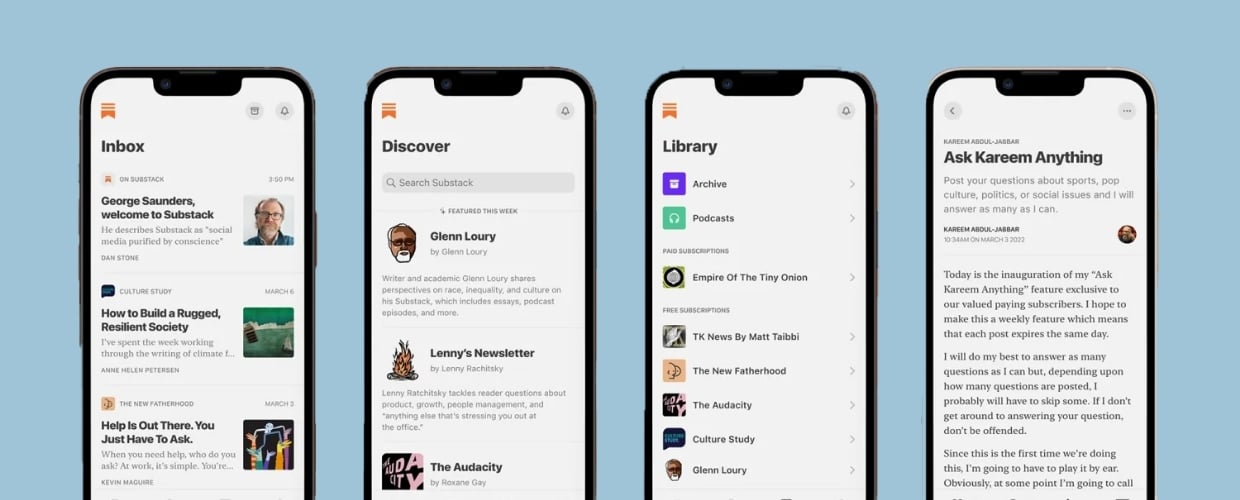Sitting around my family’s dining room table after a Sunday dinner, my dad would launch into stories about his life; from his days with the Canadian Navy to growing up with our family that immigrated from Croatia, my siblings and I clamored for more, begging him to retell some of our favorites. He had our attention, wanting to elicit some form of emotion from us, create a connection, and spark some conversation. These early interactions sparked a love of storytelling and understanding that it’s the core of how we connect with each other and share experiences.
We’ve been talking a lot about storytelling at Airfoil lately, and no doubt, we have some of the finest storytellers in the industry. Storytelling is imperative in what we do – ensuring our clients not only get in front of the right audience, but also ensuring the right message is conveyed to capture attention. We hone our craft daily, reading up on trends and learning about clients’ industries to unearth the next big thing. We understand, however, finding inspiration to tell the right story can be half the battle. We all get stuck in our ruts, reading the same news sites, forgetting to explore resources that aren’t directly in front of us and, at times, barely leaving our desks to even bounce ideas off other people. In order to help you find your own inspiration to tell new, fresh stories, here are a few best practices to help ignite creativity and refresh your storytelling mojo.
- Don’t make brainstorm a dirty word: Brainstorms are a great way to get creativity flowing and hear new ideas from people outside your core team. However, we’ve all been in brainstorms where it seems half the time is spent briefing attendees on the project in need of new ideas. The remaining time is typically spent either pulling ideas out of people or trying to mitigate that one person who has ALL the ideas, dominating the brainstorm, leaving others feeling like they can’t get a word in. To use brainstorms to improve storytelling, set an agenda. This can seem counterintuitive to a free-flowing conversation, however, providing an agenda before the session starts can help denote how long you want to spend on specific program elements, explain background on the program so everyone is up to speed, and provide any thought-starters before people get in the room, allowing people to get in there, get talking, and start creating stories.
- An hour of news a day means better stories to relay: Set aside one hour a day to read, watch, and absorb as much news and information as possible. I typically find the mornings to be the best time, as my mind is fresh and ready to take on new information. A fun tactic Airfoil’s SVP Leah Haran employs is listening to the morning news on her way to work and then trying to think what clients we have that could fit into the topic being discussed. You get some wacky ideas that you might not think have any correlation, however, it provides an opportunity to stretch your storytelling abilities.
- Take work home with you: Just as my dad would tell us stories around the dining room table, use your own time at home and with your friends to create a connection and share ideas. How many times do you hear, “How’s work?” and your typical answer is “Fine.” Instead, talk about projects and clients (within the confines of your company’s NDA, of course), and discuss any hang-ups you might be experiencing to get a fresh take on a stale story. Many times, the best focus groups are the ones sitting around the dining room table, not around the boardroom table.
These are just a few ideas to get you out of any storytelling rut you may experience. The biggest key take away? Get out of your own head and elicit ideas from sources around you. Storytelling inspiration can come from anywhere. Need more inspiration – check out this post: How everyone can bring creativity to the office in 3 steps.




